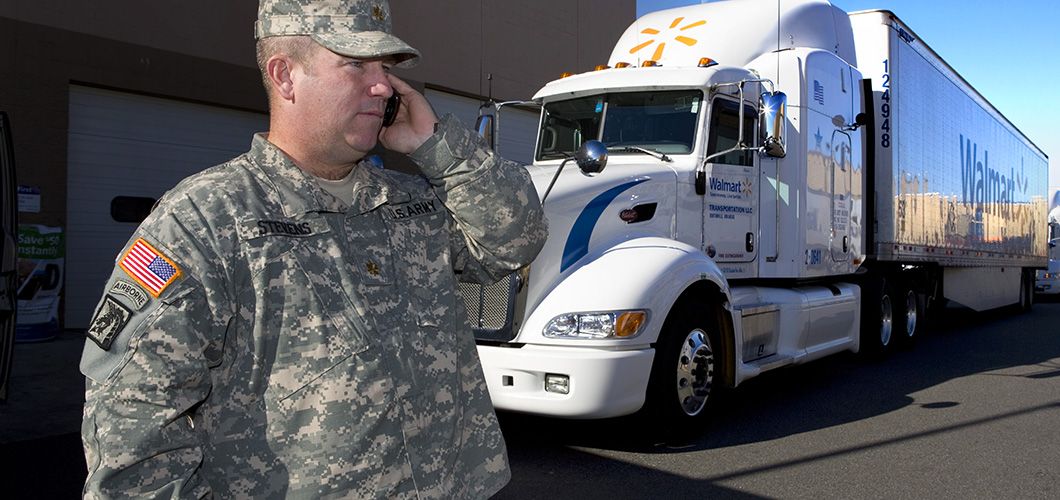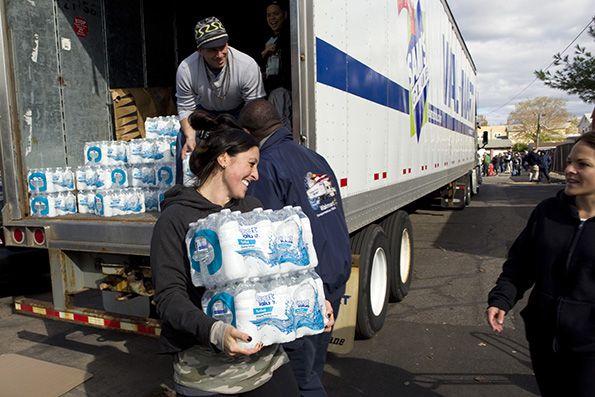Recently in the Harvard Business Review, Leslie Dach, former chief of corporate communications at Walmart, tells the story of how the mega-corporation began to change the way it does business and how the switch in communications affected its reputation.
"For Walmart, the turning point was Hurricane Katrina," Dach writes. "When the storm hit, we mobilized to provide meals, emergency supplies, and cash. No internal debate was needed—those were obvious right things to do. But the experience opened our eyes to the broader opportunity to make a difference. Two months later, then-CEO Lee Scott gave a landmark speech in which he asked, 'What would it take for Walmart to be at our best all the time? What if we used our size and resources to make this country and this earth an even better place for all of us? And what if we could do that and build a stronger business at the same time?'"
Dach's role, then, became to find the places where the organization could be better—inside the company, within the community and around the globe—and how to create a culture that would allow the company to achieve its larger vision.
In essence, the company changed its story. And then it got the word out that it had changed. While Walmart still has a lot of critics, you can't ignore the great work the company is now doing with sustainability, women's economic power and healthier food choices. The conversation has become about a larger vision, and everything it does takes that message into account.
All businesses have an opportunity to tell their stories. You may have a commodity product, a "me too" service or an old brand, but what no one else has are your people, your culture, your vision or your mission. No one has your story.
Telling Your Tale
The Web is full of advice about content marketing, storytelling and competing in an information-overloaded society. If you're so inclined, you can easily open the proverbial fire hydrant of suggestions and try to drink from it.
Or you can think about concentrating on the following three ideas, which are much less overwhelming:
1. Tell employee stories. When Tony Hsieh and Zappos became household names a few years ago, many consumers were obsessed with the culture at the shoe retailer. That's because the company had mastered the art of letting its employees talk about the hobbies and interests they had outside of work, personalizing them for their customers and creating a connection. The world took note, and organizations such as REI, the Mayo Clinic and T-Mobile all followed suit.
The fact is, people buy from people, and your employees are the best brand ambassadors for your company because they know it better than anyone. By telling your employees' stories, you create a level of connection and trust with customers that's difficult to break.
2. Tell customer stories. A close second to employee stories, customer stories create an opportunity for you to tell your company's story through the experience of those who buy from you. MailChimp does this incredibly well. The company writes case studies or gets its customers on video, talking about their businesses and how they use MailChimp to create lead generation. Every company has customers (or donors or stakeholders) who use its products or services. Ask them how they use what you sell in their own companies, then spread the word.
3. Open your outbox. This tidbit comes from Andy Crestodina, co-founder of Orbit Media Studios, a Web design firm in Chicago. Crestodina believes that every single one of us has stories to tell if we would just open our outboxes. When was the last time you emailed a customer? What questions did they ask? How did you answer them? Those emails, while one-on-one, are part of your organization's larger story. Go through them, and find the content you've already created—in the form of an email—to tell the story only you can tell.
If you start with just one of these ideas, you can drink from a water fountain instead of the fire hydrant.
How will you tell your story?
Read more articles on branding.
Photos: Courtesy Walmart


